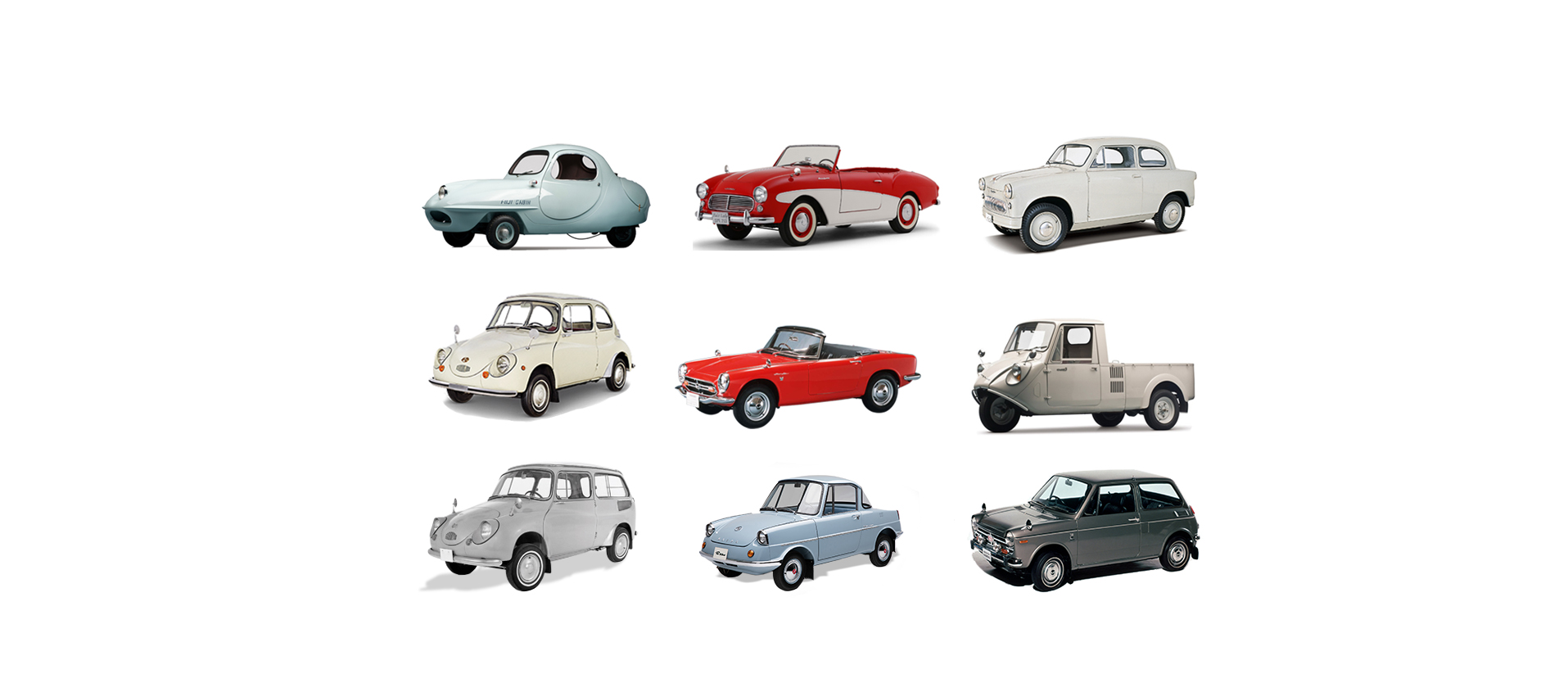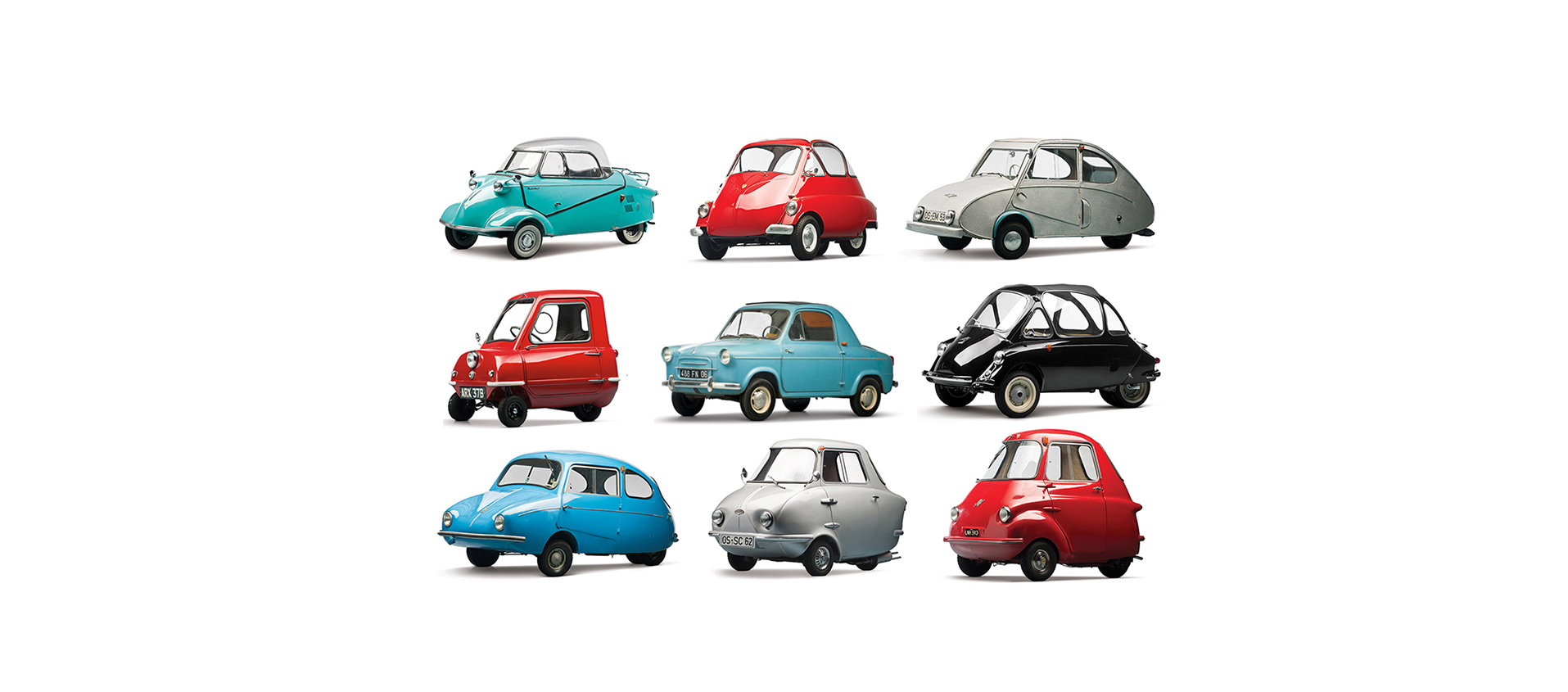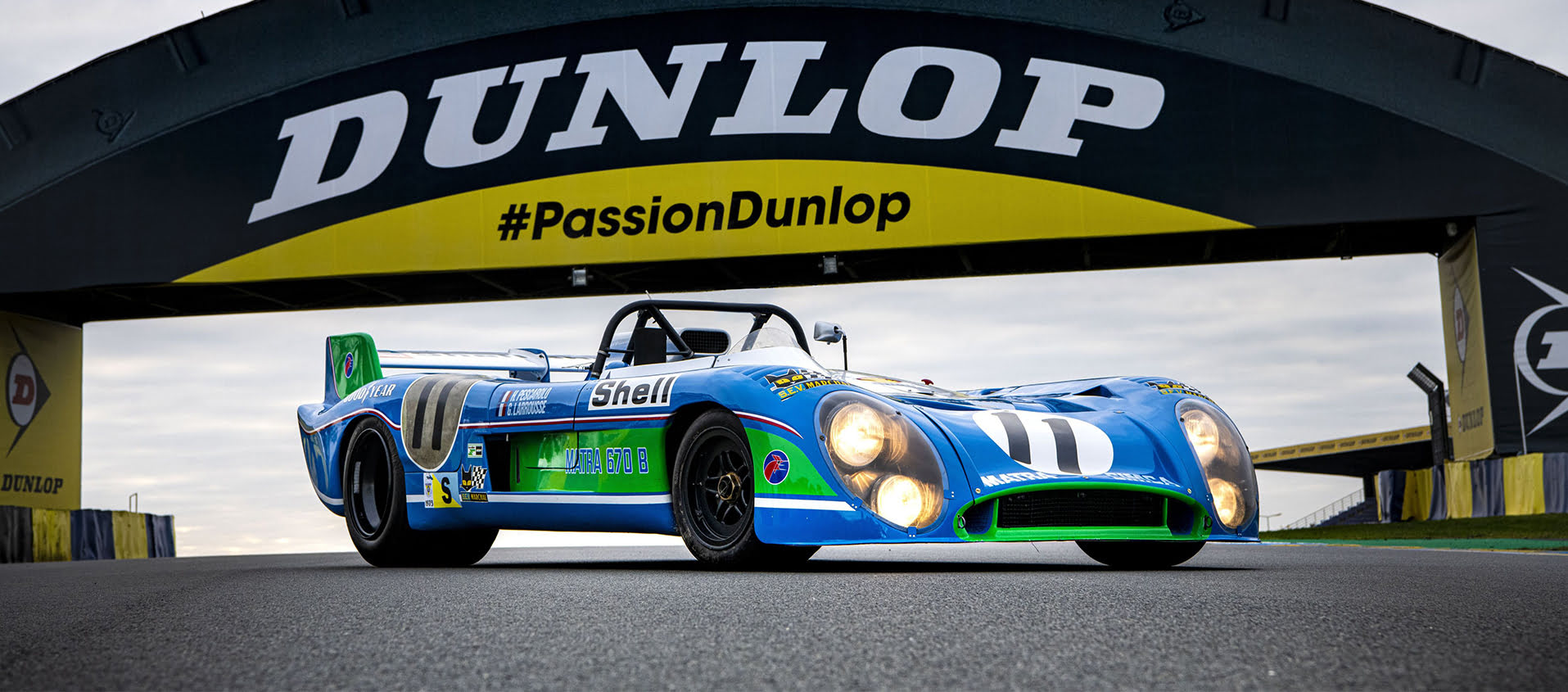Japan's microcars
13 March 2021 3 min read 9 images

After Hiroshima and Nagasaki and a long and painful war, a defeated Japan, which was subjected to severe industrial restrictions, desperately needed mobility in order to restart its economy. One law in particular stimulated the creation of inexpensive micro cars, called “Kei Car” or “K-car”, after “kei jidōsha” which means “light automobile” in Japanese, with two-stroke engines limited to 100cc and four-stroke variants to 150cc. The market only took off in 1955, however, when regulations allowed engine sizes to increase to 360cc. The first example was the Suzulight, produced by Suzuki. At less than 3 metres in length and just over one meter wide, it soon became the symbol of Japan's economic recovery. In 1958, a van version was introduced. The engine was a two-stroke 359cc twin-cylinder unit, originally producing 16hp which was later increased to 21hp.
Register to unlock this article
Signing up is free and gives you access to hundreds of articles and additional benefits. See what’s included in your free membership. See what's included in your free membership.
Already have an account? Log In

